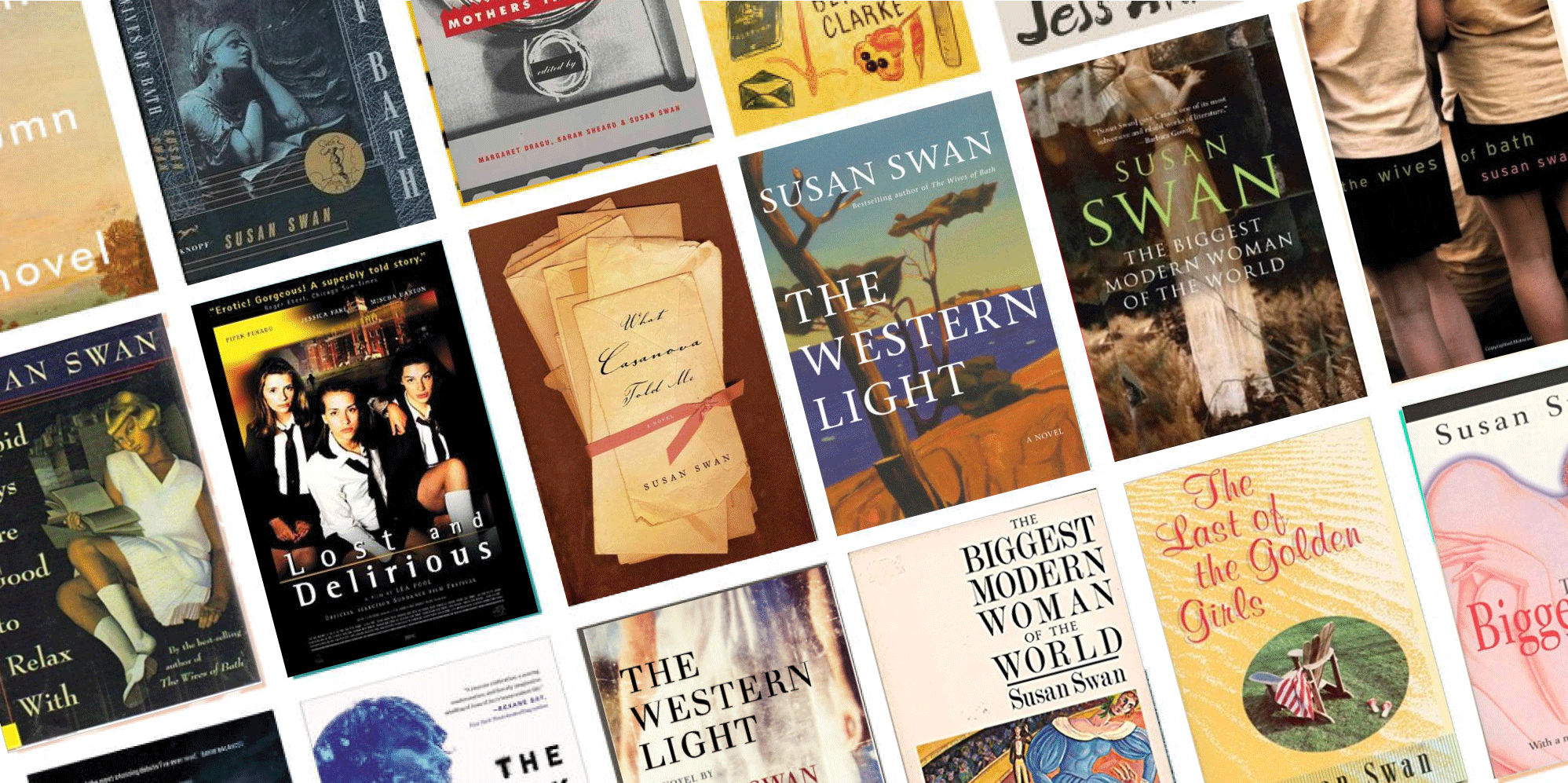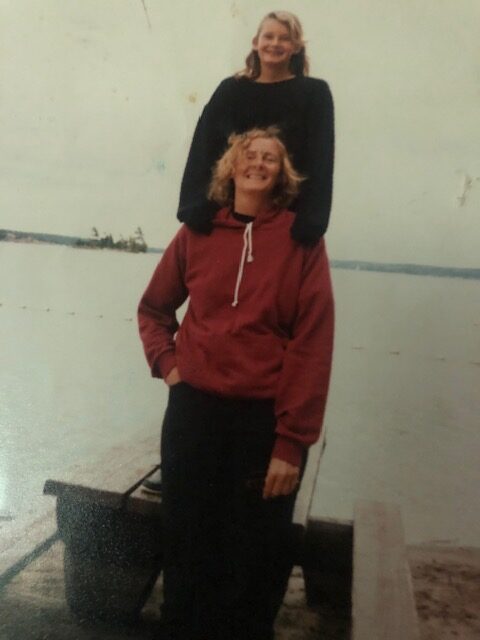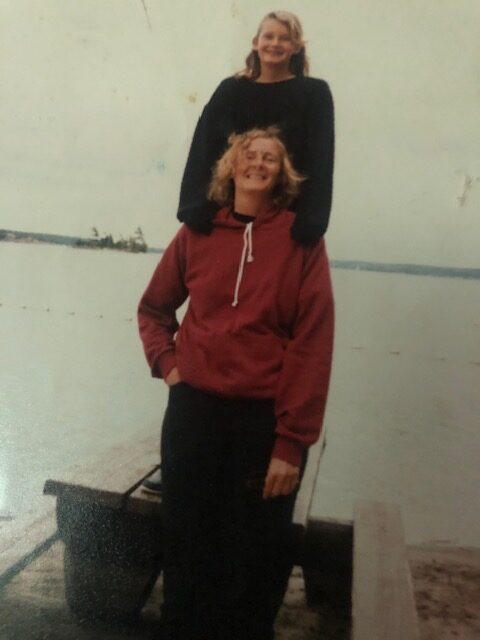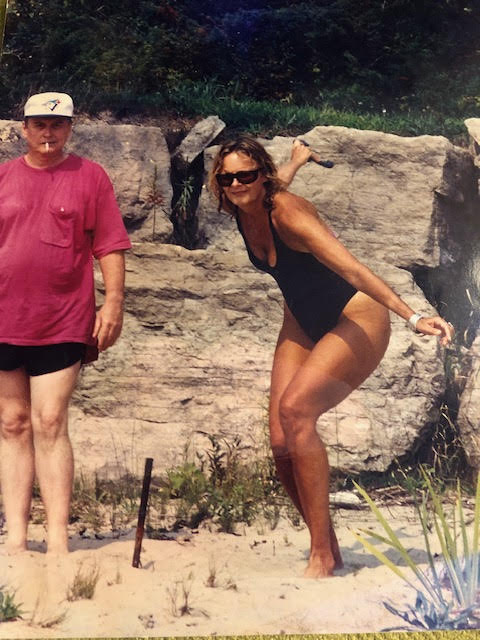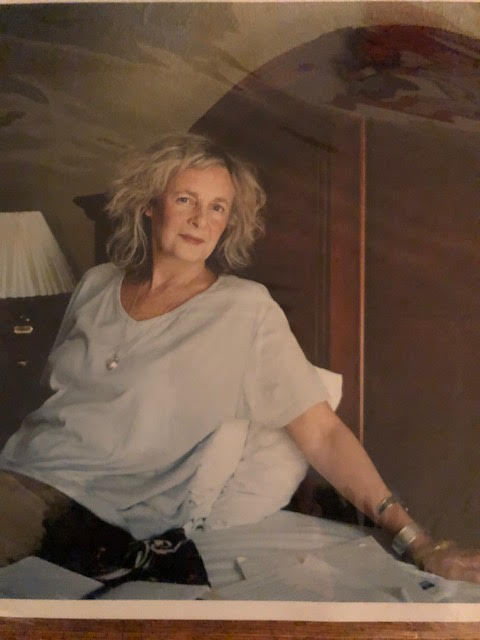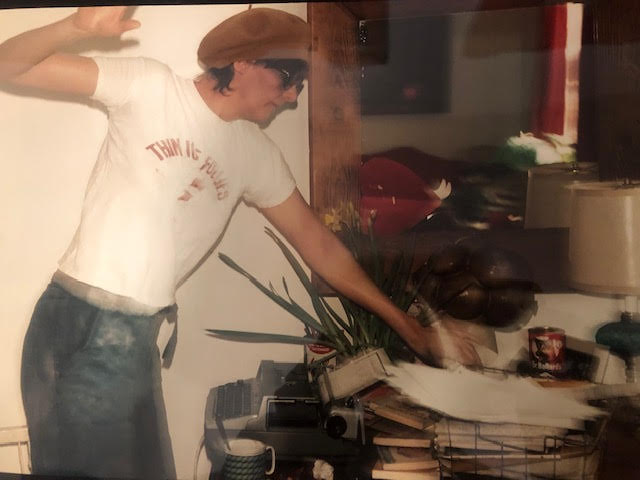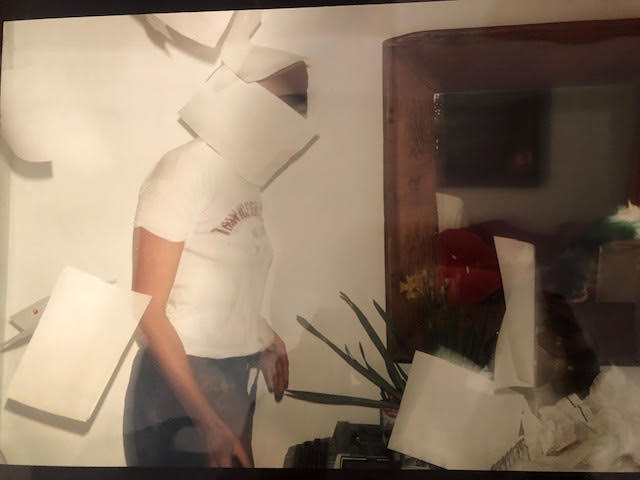Live The Questions – Q&A for Big Girls Don’t Cry: A Memoir of Taking Up Space
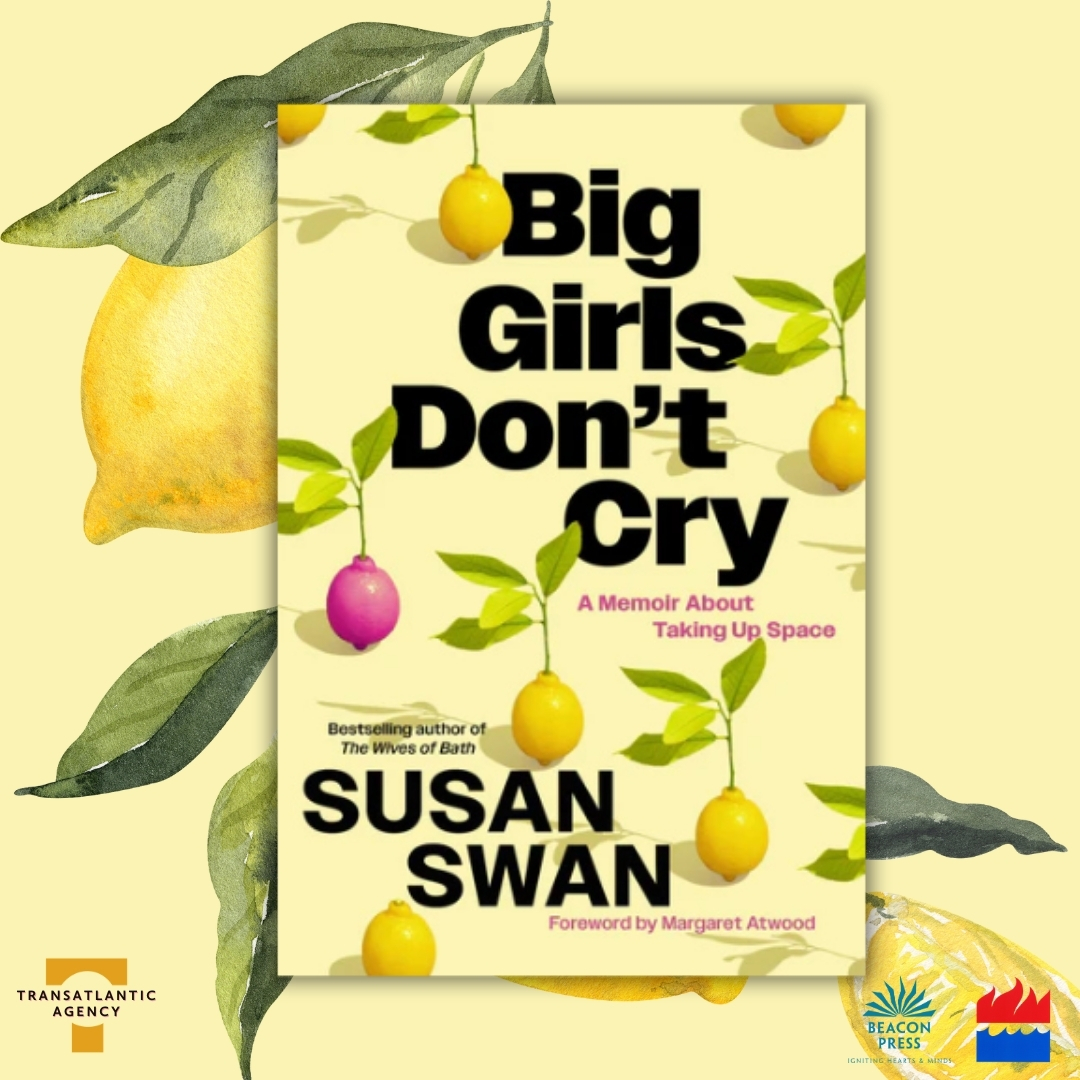
The Carol Shields Prize for Fiction (CSPF): We are so happy to be doing the cover reveal for your memoir Big Girls Don’t Cry: A Memoir of Taking Up Space. Was it hard to get the right cover? What inspired the image of lemons?
Susan Swan: Covers are like posters for your book. If you don’t get it right, fewer people will buy it, so that’s why editors and writers sweat over what works and what doesn’t. One writer I know went through 25 different covers before they were satisfied. That’s unusual but you get the idea. My memoir is about a big woman writer (me) coming to terms with difference and taking up space so the cover had to suggest something original instead of predictable images of tall female bodies that don’t quite fit the book cover. I wrote a novel about the real life giantess Anna Swan and a lot of covers for this novel show images like that. So we wanted to come up with something new. I’ll leave it to you to figure out what the pink lemon means.
CSPF: How different is writing a memoir from writing a novel?
Susan: Not as different as you might think. Both forms dramatize and distill, so you need to write actual scenes instead of reciting a litany of events. I followed the same writing process that I use for a novel. Make notes; dictate a scene into my cell phone based on my notes; create a word document and revise endlessly. The big difference is the detailed way lawyers will check over your manuscript to ensure you aren’t compromising someone’s privacy. Although it’s rare, some novelists have been sued for defamation. Memoirs can be court cases waiting to happen.
CSPF: You said Big Girls Don’t Cry is about coming to terms with differences. Can you talk a little bit about that?
Susan: I was six foot two at twelve in the 1950s when women were supposed to be small and not heard. Things are somewhat better but very tall women still remain outside the norm. The novelist Jane Smiley recently pointed out to me that she and I are in the 99th percentile of North American women. We are one in 3000, in other words, and that means that others see us differently, and we see ourselves differently.
In the 1960s, I interviewed Femmie Smith, who used to sleep in a crib to try in vain to stop herself from growing, and who had four inches surgically removed from her thigh bones hoping it would make her more feminine. The Toronto doctor who performed the operation said he did it because she had been severely traumatized by her height of six foot two. Nowadays, a number of short men will request leg lengthening surgeries because they’re called derogatory names like “garden gnomes”, and short women say they are treated like children by their office mates. All these stories are in the memoir.
CSPF: Did you have help from other women writers with this book?
Susan: My friend Margaret Atwood suggested I write about my height and she read some very early rough drafts. At first, I dismissed it as a dumb idea but the more I thought about it, the more I realized my size had affected me powerfully without me being aware of it.
Early on, it made me feel I wasn’t feminine enough, and when store clerks would mistake me for a man (which still happens if they can’t see my face), I would just want to crumple up and die. As I got older, I learned height can be a dramatic tool that you can use to your advantage, which is why most giants become entertainers. If people are going to stare at you anyway, why not ask them to pay for doing it?
CSPF: Earlier you mentioned your 1983 novel, The Biggest Modern Woman of the World. Readers must often wonder whether there are any familial connections between you and the real-life Anna Swan, the Nova Scotian “giantess” you wrote a novel about. Is there a link?
Susan: I’ve researched our backgrounds and, aside from our mostly Scottish ethnicity, nothing has come up. But I knew about her when I was twelve and I felt terrified that I might grow up to be a giantess like her and have to join the circus, as a teenage boyfriend once joked. So my height always had a shadow side that I didn’t fully understand until I wrote Big Girls Don’t Cry.
CSPF: What do you think people will find surprising about your memoir?
Susan: The idea that body size is a factor in shaping our identities like race, gender, class, and cultural background. Many of us, especially women, have insecurities about our bodies, but we may not realize just how much that makes us who we are.


